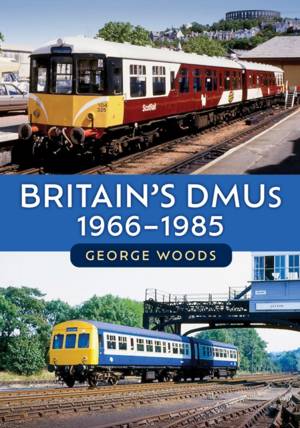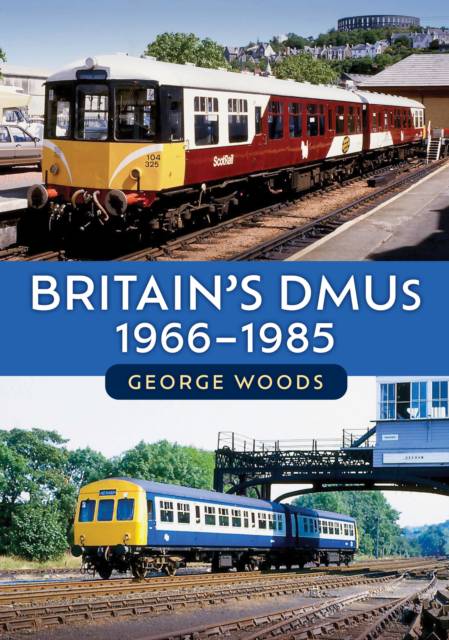
- Afhalen na 1 uur in een winkel met voorraad
- Gratis thuislevering in België vanaf € 30
- Ruim aanbod met 7 miljoen producten
- Afhalen na 1 uur in een winkel met voorraad
- Gratis thuislevering in België vanaf € 30
- Ruim aanbod met 7 miljoen producten
Zoeken
Omschrijving
Diesel trains had been introduced even before the announcement of the British Railways modernisation plan in 1955. The first was the BR Derby Lightweight design of 1954, followed by the Metro-Cammell trains in 1955. The Derby units were placed in service in the West Riding of Yorkshire on many services around Leeds and Bradford. They were an instant success, these new cleaner and faster trains increasing traffic levels on all the routes that they were used on. This led to BR introducing similar types of this train all over the BR system. These were built by many different companies and used on services varying from city commuter trains to middle-distance mainline workings. George Woods illustrates the trains in service from Perth down to Cornwall and Workington to Hull between 1966 and 1985 through a fine collection of previously unpublished photographs.
Specificaties
Betrokkenen
- Auteur(s):
- Uitgeverij:
Inhoud
- Aantal bladzijden:
- 96
- Taal:
- Engels
Eigenschappen
- Productcode (EAN):
- 9781398115620
- Verschijningsdatum:
- 15/02/2024
- Uitvoering:
- Paperback
- Formaat:
- Trade paperback (VS)
- Afmetingen:
- 165 mm x 234 mm
- Gewicht:
- 303 g

Alleen bij Standaard Boekhandel
+ 44 punten op je klantenkaart van Standaard Boekhandel
Beoordelingen
We publiceren alleen reviews die voldoen aan de voorwaarden voor reviews. Bekijk onze voorwaarden voor reviews.











